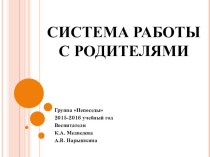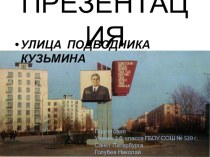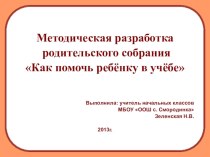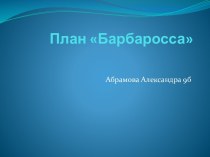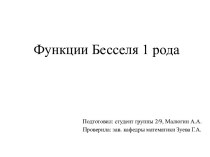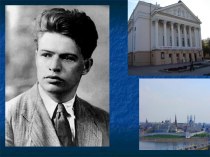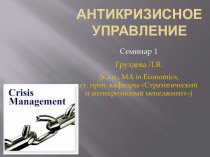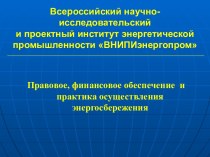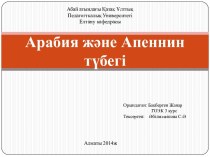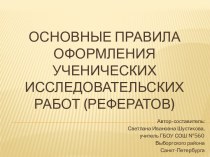- Главная
- Разное
- Бизнес и предпринимательство
- Образование
- Развлечения
- Государство
- Спорт
- Графика
- Культурология
- Еда и кулинария
- Лингвистика
- Религиоведение
- Черчение
- Физкультура
- ИЗО
- Психология
- Социология
- Английский язык
- Астрономия
- Алгебра
- Биология
- География
- Геометрия
- Детские презентации
- Информатика
- История
- Литература
- Маркетинг
- Математика
- Медицина
- Менеджмент
- Музыка
- МХК
- Немецкий язык
- ОБЖ
- Обществознание
- Окружающий мир
- Педагогика
- Русский язык
- Технология
- Физика
- Философия
- Химия
- Шаблоны, картинки для презентаций
- Экология
- Экономика
- Юриспруденция
Что такое findslide.org?
FindSlide.org - это сайт презентаций, докладов, шаблонов в формате PowerPoint.
Обратная связь
Email: Нажмите что бы посмотреть
Презентация на тему Similarities and differences of forensics 1497 and 1550.
Содержание
- 2. The Code of Law of 1497.The Code
- 3. The reasons for the adoption of the
- 4. The sources of the Code of LawThe
- 5. Features of the CodexIn the Code of
- 6. The Code of Law of Ivan IVThe
- 7. The value of the Code of Law
- 8. Meaning Sudebnik 1497 and 1550Thanks to the
- 9. Bibliographyhttp://mypresentation.ru/presentation/obshhaya_xarakteristika_sudebnikov_1497_i_1550g_ix_znachenie_v_istorii_rossijskogo_gosudarstvahttp://historykratko.com/sudebnik-ivana-groznogohttp://www.allinhistory.ru/hists-847-1.html
- 10. Скачать презентацию
- 11. Похожие презентации
The Code of Law of 1497.The Code of Law of 1497 is a normative legal act created to systematize existing norms of law. The monument of the Russian feudal law of the XV century, created in
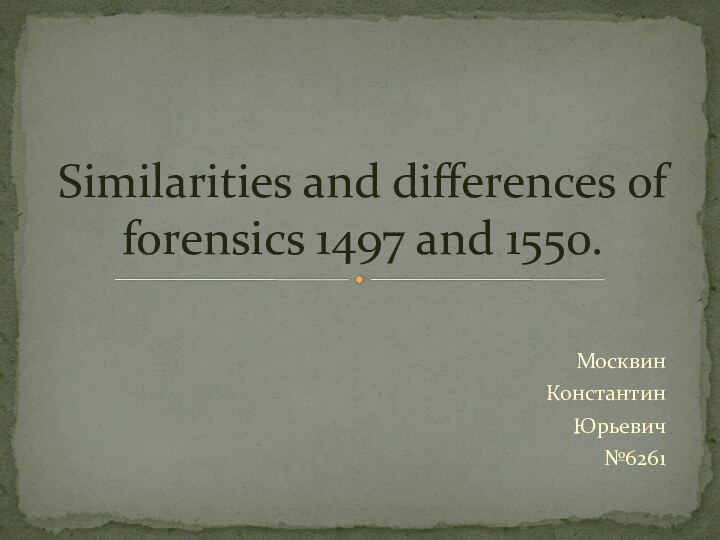
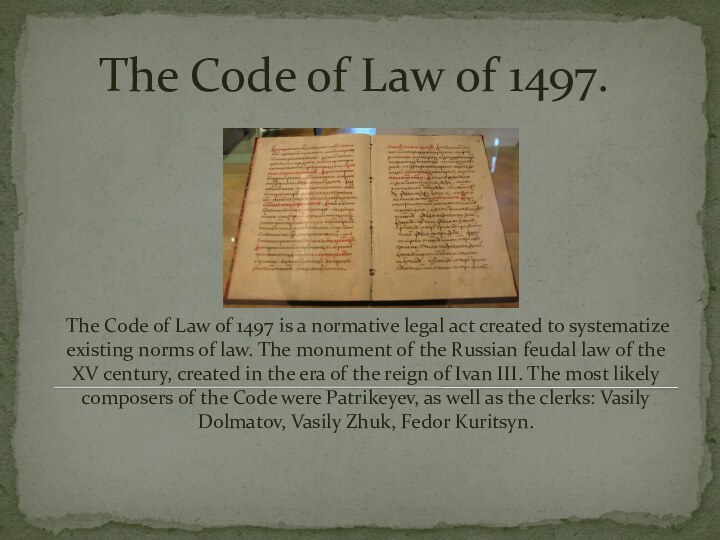

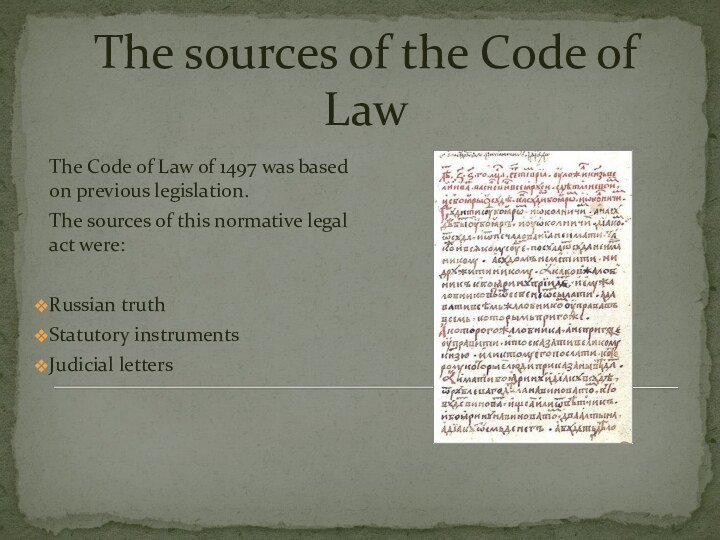
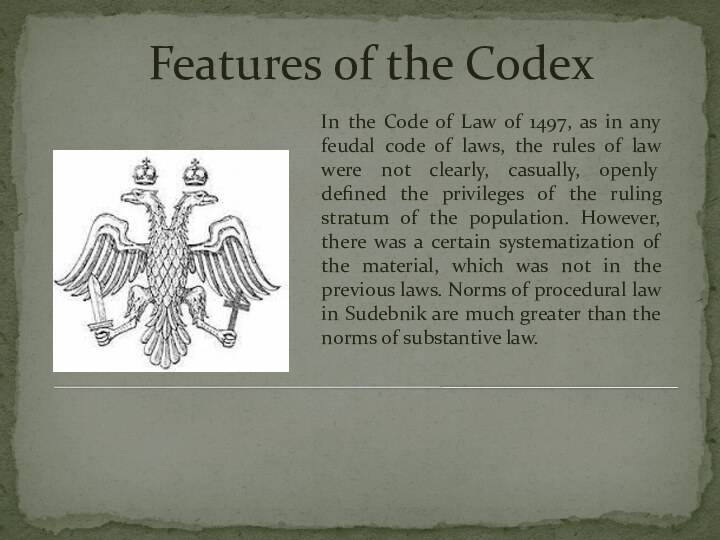

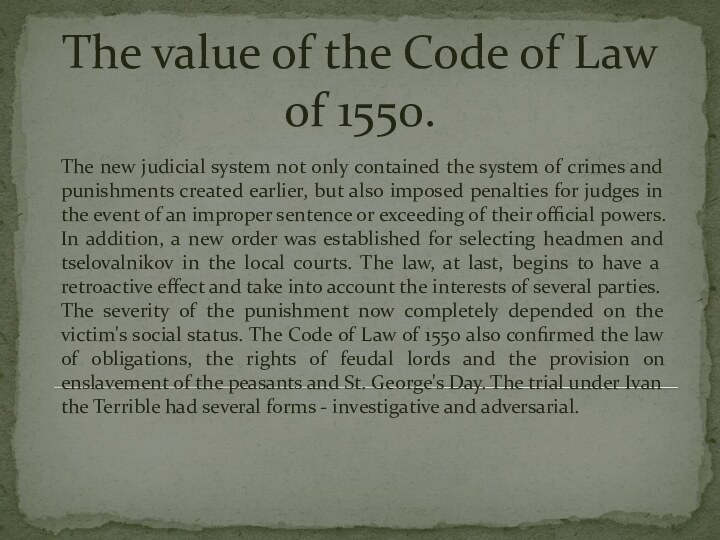
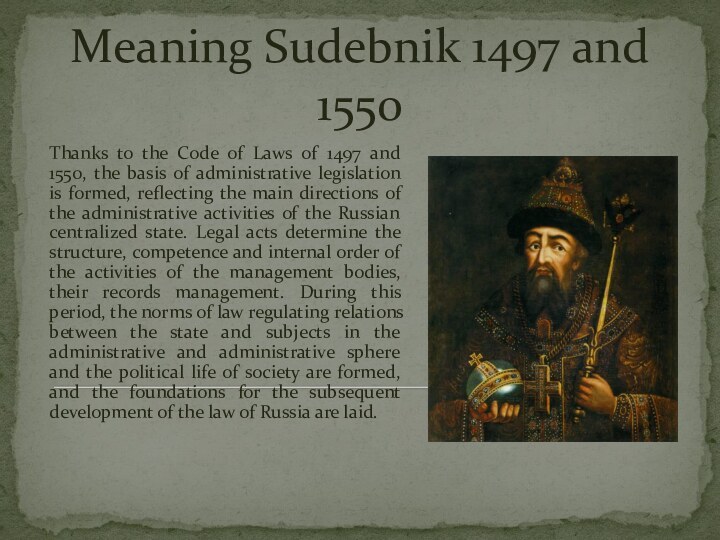


Слайд 3
The reasons for the adoption of the Code.
The
era of Ivan III was marked by the overcoming
of feudal disunity and the creation of a Moscow centralized state.Strengthening the power of the Grand Duke
Increasing influence of the boyars
The emergence of the apparatus of government of a centralized state caused the need for a new regulatory and legal act.
Слайд 4
The sources of the Code of Law
The Code
of Law of 1497 was based on previous legislation.
The
sources of this normative legal act were:Russian truth
Statutory instruments
Judicial letters
